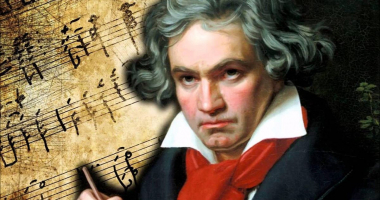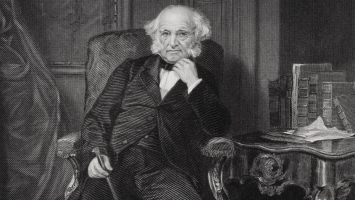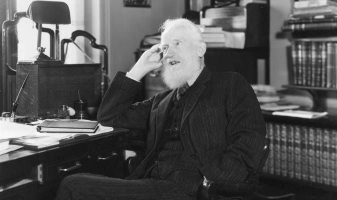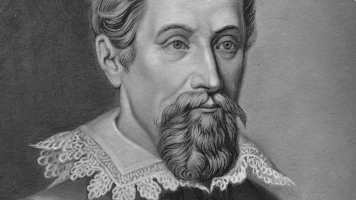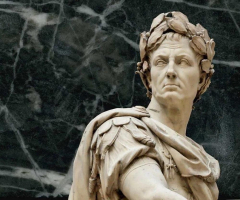Top 8 Interesting Facts about Rembrandt van Rijn
Rembrandt Harmenszoon van Rijn was born in the Netherlands in 1606. Rembrandt is best known by his first name. Here are the top interesting facts about ... read more...Rembrandt van Rijn.
-
Rembrandt van Rijn was born in Leiden, Netherlands, in the Dutch Republic. He went to Latin school as a child. He enrolled at the University of Leiden at the age of 13, despite having a stronger preference for painting, according to a contemporary; he was soon apprenticed to a Leiden history painter, Jacob van Swanenburg, with whom he spent three years.
After a brief but important six-month apprenticeship with painter Pieter Lastman in Amsterdam, Rembrandt stayed with Jacob Pinas for a few months before starting his workshop, though Simon van Leeuwen claimed that Joris van Schooten taught Rembrandt in Leiden. Rembrandt ran a large workshop with many students. The list of Rembrandt pupils from both his time in Leiden and his time in Amsterdam is quite long, owing to the fact that his influence on painters around him was so great that it is difficult to tell whether someone worked for him in his studio or simply copied his style for patrons eager to acquire a Rembrandt. Unlike many of his contemporaries, Rembrandt never left the Dutch Republic as part of his artistic training.
Rembrandt realized that he could make more money in Amsterdam than in Leiden as his artistic career progressed. Life in Leiden was not kind to artists. Amsterdam was known as the Dutch Golden Age's capital at the time.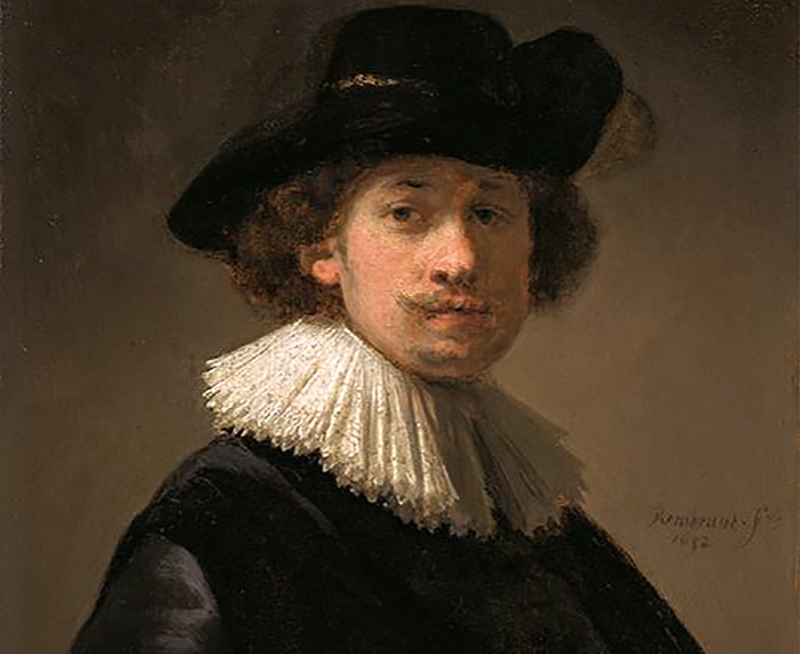
Photo: Rembrandt van Rijn: Portrait of a Master Painter 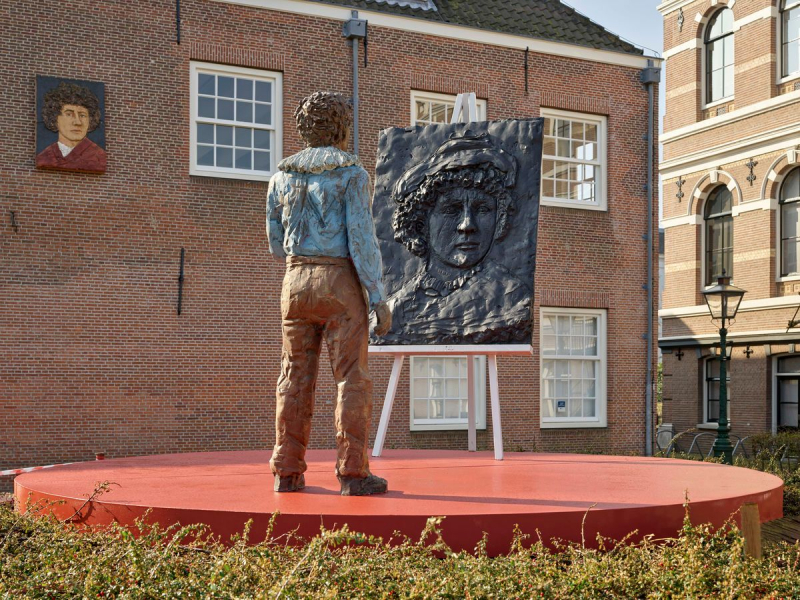
Photo: Young Rembrandt -
Rembrandt van Rijn, a well-known artist faced numerous challenges in his life, including the loss of three children before the birth of his son Titus. Saskia died when she was only twenty-nine years old, and Misfortune struck her again.
Rembrandt married Van Uylenburgh's niece Saskia (1612-1642), the daughter of a wealthy and prominent Frisian family, in 1633. The following year, they married. Rembrandt paid a large sum of money for a large house on Amsterdam's Sint-Anthonisbreestraat in 1639, at the height of his success. They had four children. However, in order to purchase the house, he had to borrow heavily, incurring debt that would eventually play a role in his financial three children died as inproblems in the mid-1650s. Because of the hardships at Rembrandt's house fants. Unfortunately, only Titus, the last child born, made it out alive. In June 1642, she (Sassyia) turned 30. Hendrickje Stoffels is hired as Titus' housekeeper after being introduced to the character of George Dircx (around 1649 in time). His wife died shortly after the birth of their last child, Titus. Tuberculosis was the cause of her death. Rembrandt fell in love with his housekeeper Hendrickje Stoffels twelve years later. Cornelia is the name the couple gave to their daughter. Stoffels died from a plaque when his son, who died a few years later, was only 26 years old.
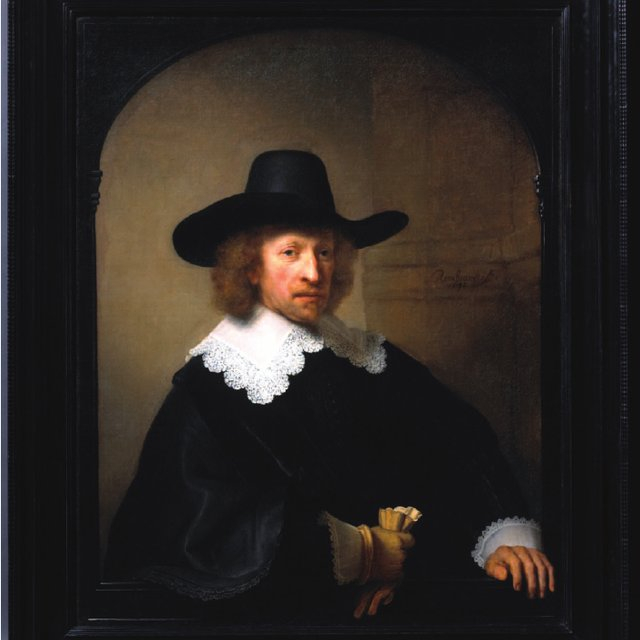
Photo: Rembrandt van Rijn 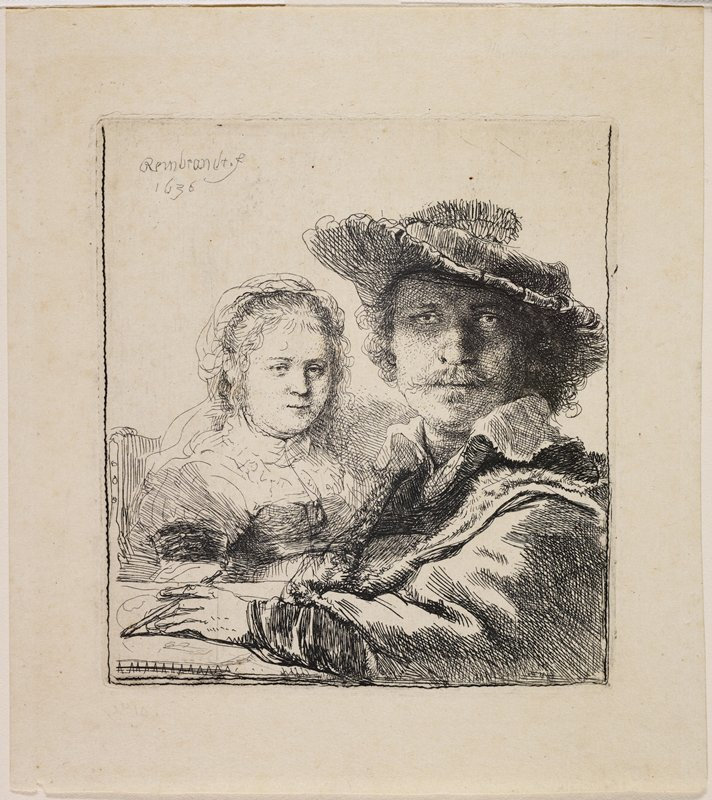
Photo: Self-Portrait with Saskia, Rembrandt van Rijn -
Rembrandt van Rijn was not only one of the greatest artists of all time, but he also painted the most self-portraits of any artist known to history.
These self-portraits included 80 to 90 paintings, drawings, and etchings completed over a 30-year period beginning in the 1620s and ending in the year he died. Recent scholarship has revealed that some of the paintings previously thought to be by Rembrandt were actually painted by one of his students as part of his training, but Rembrandt is thought to have painted between 40 and 50 self-portraits, seven drawings, and 32 etchings.
The self-portraits depict Rembrandt's face from his early twenties until his death at the age of 63. Viewers have a unique insight into the man's life, character, and psychological development because there are so many that can be viewed together and compared with each other, a perspective of which the artist was profoundly aware and that he intentionally gave the viewer, as though a more thoughtful and studied precursor to the modern selfie. He not only painted self-portraits in rapid succession throughout his life, but he also helped advance his career and shape his public image.
Rembrandt had more self-portraits than his paintings. The majority of his self-portraits can be found all over the world. Selfies, according to art critics, were invented by him. Different emotions were depicted in the self-portraits. He applied oil paint directly to the canvas with a palette knife.
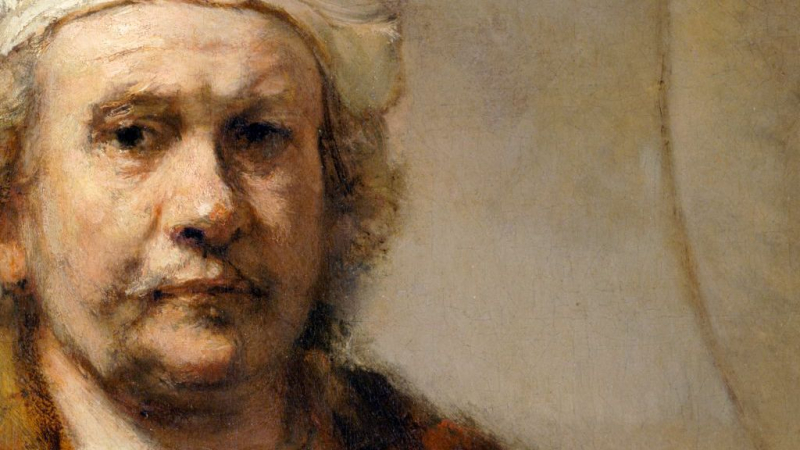
Photo: Rembrandt's Self-Portraits 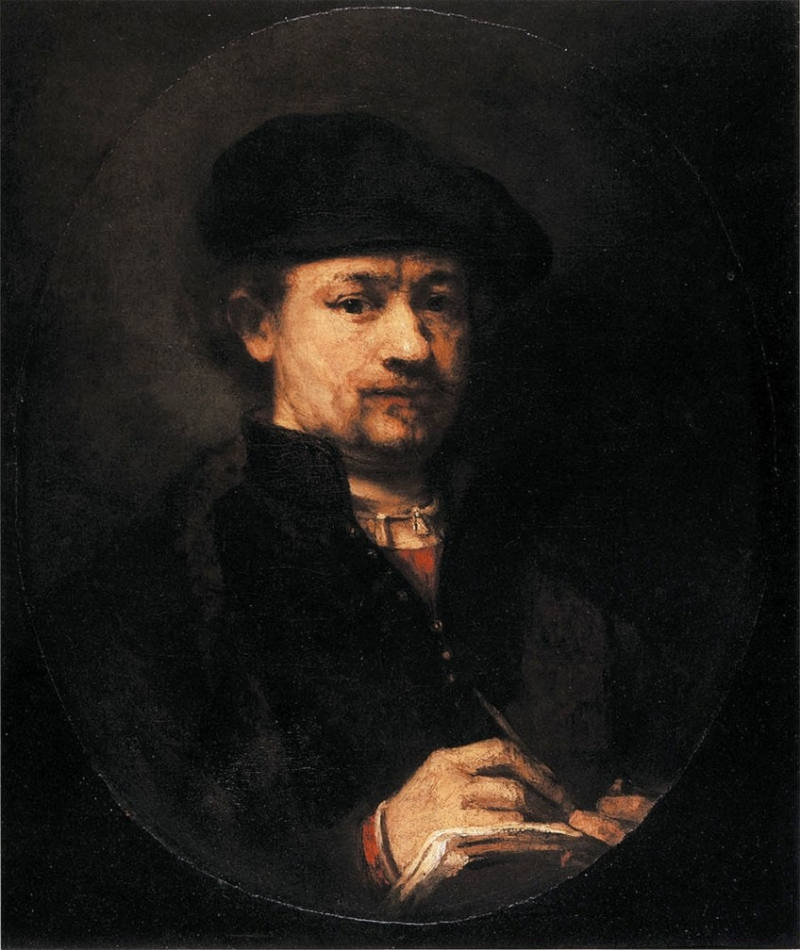
Photo: Rembrandt's Self-Portraits -
Rembrandt van Rijn painted The Night Watch in 1642. It is in the Amsterdam Museum's collection, but it is prominently displayed in the Rijksmuseum as the most well-known painting in its collection. The Night Watch is a well-known Dutch Golden Age painting.
The painting is famous for three things: its enormous size (363 by 437 centimetres), the dramatic use of light and shadow (tenebrism), and the perception of motion in what would otherwise be a static military group portrait. The painting was finished in 1642, during the Dutch Golden Age. It depicts the departure of the eponymous company, led by Captain Frans Banning Cocq (in black with a red sash) and his lieutenant, Willem van Ruytenburch (dressed in yellow, with a white sash). Rembrandt draws the viewer's attention to three important characters among the crowd, using effective use of sunlight and shade: the two men in the center (from whom the painting gets its original title) and the woman in the center-left background carrying a chicken. The company's colors are carried behind them by the ensign, Jan Visscher Cornelissen. The figures are nearly life-sized.
Rembrandt naturally depicted the arquebusiers' traditional emblem, with the woman in the background carrying the main symbols. She is a mascot in her own right, with the claws of a dead chicken on her belt representing the clauweniers (arquebusiers), a pistol behind the chicken representing clover, and a goblet representing the militia. The man in front of her is wearing an arquebusier's helmet with an oak leaf motif. The dead chicken also represents a defeated opponent. The color yellow is frequently associated with triumph.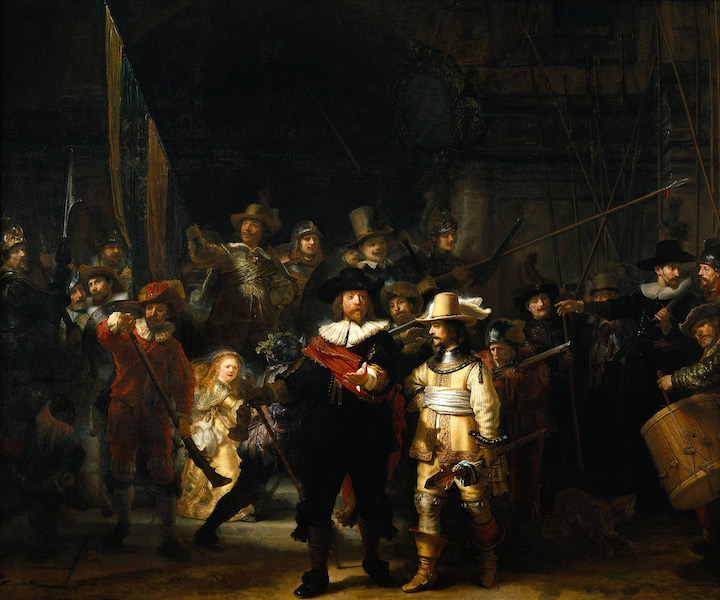
Photo: The Night Watch, Rembrandt 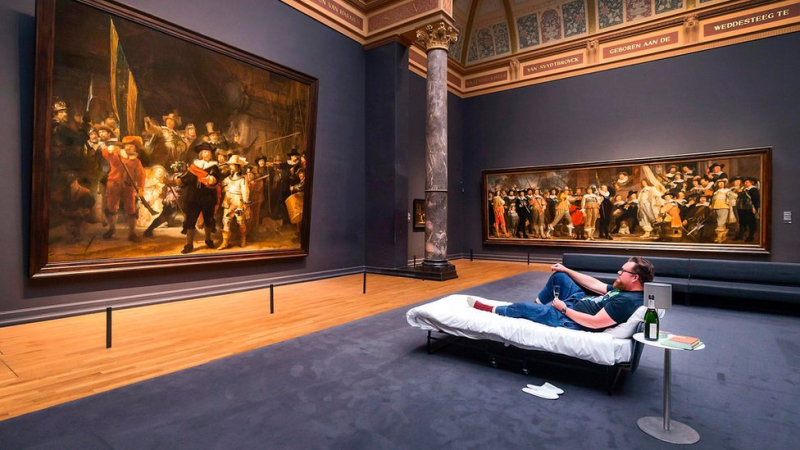
Photo: Dutch man sleeps with Rembrandt's The Night Watch -
One of the interesting facts about Rembrandt van Rijn that you may not have known is the final decades of his life were plagued with financial troubles. The young couple had purchased a newly built house in what was then one of Amsterdam's thriving districts, now known as the "Jewish Quarter." The house cost 13,000 guilders, which was a large sum at the time, so Rembrandt had to pay a large mortgage.
This, combined with the artist's lavish lifestyle, which saw him not only as an artist but also as an art collector and dealer, began to cause problems. This eventually led to his bankruptcy in 1656, from which he would never recover.
In the late 1640s, he did find new love when he began a relationship with a woman named Hendrickje Stoffels. She was initially his maid, and they had a daughter named Cornelia in 1654.
The house he shared with his first wife is now the "Rembrandt House Museum." He lived here between 1639 and 1656, and despite the fact that the interior has been renovated, it provides a clear insight into how the artist lived during this time.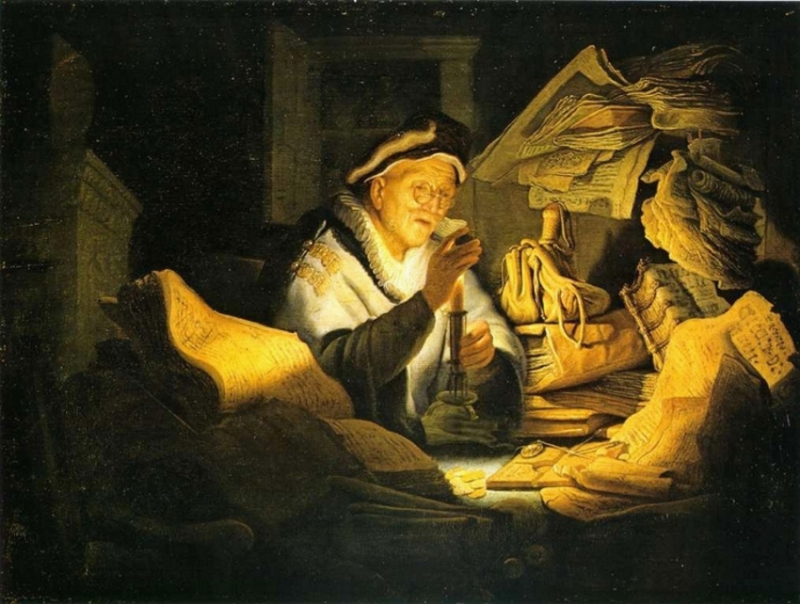
Photo: Rembrandt made a mess of his legal and financial life 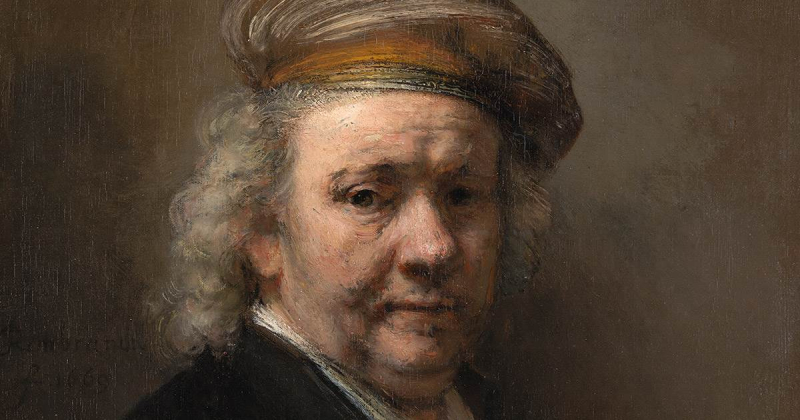
Photo: Rembrandt made a mess of his legal and financial life -
Unlike most 17th-century Dutch masters, Rembrandt's works cover a wide range of style and subject matter, including portraits and self-portraits, landscapes, genre scenes, allegorical and historical scenes, biblical and mythological themes, and animal studies. His contributions to art occurred during the Dutch Golden Age, a period of great wealth and cultural achievement when Dutch art (particularly Dutch painting), while antithetical to the Baroque style that dominated Europe, was prolific and innovative. This epoch saw the emergence of significant new genres. Rembrandt, like many other Dutch Golden Age artists such as Jan Vermeer, was an avid art collector and dealer.
Rembrandt's artistic abilities were not limited to painting; he was also a master etcher and draughtsman. He is even regarded as one of history's greatest etchers, transforming etching from a simple reproduction technique into a true form of art.
Rembrandt never traveled outside of the Netherlands, but he was greatly influenced by the work of Italian masters and Dutch artists who had studied in Italy, such as Pieter Lastman, the Utrecht Caravaggists, Flemish Baroque, and Peter Paul Rubens. Rembrandt's later years were marked by personal tragedy and financial hardships after achieving youthful success as a portrait painter. Nonetheless, his etchings and paintings remained popular throughout his lifetime, his reputation as an artist remained high, and he taught many important Dutch painters for twenty years.
His legacy is that of a prolific and versatile artist whose works cover a wide range of subjects and techniques. His greatest talent is widely regarded as his compassion and expression of the human condition in all of its facets. He has therefore been referred to as “One of the great prophets of civilization!”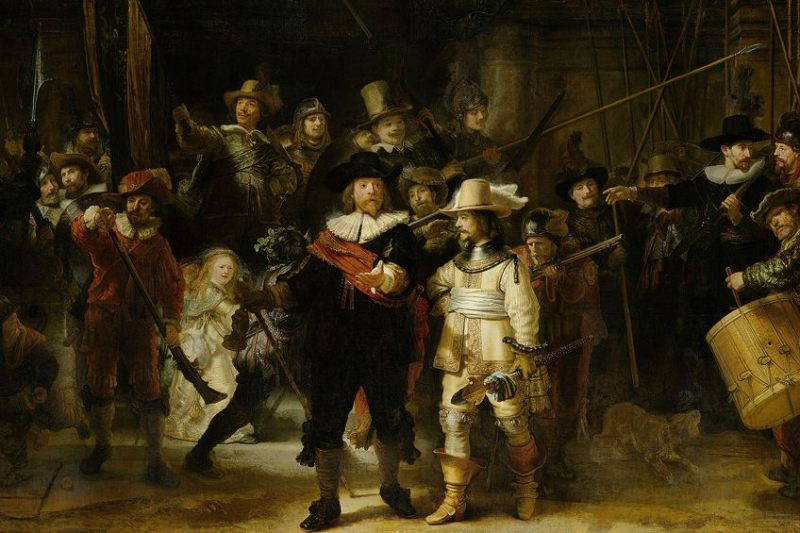
Photo: Visiting the Influential Rembrandt Time Period 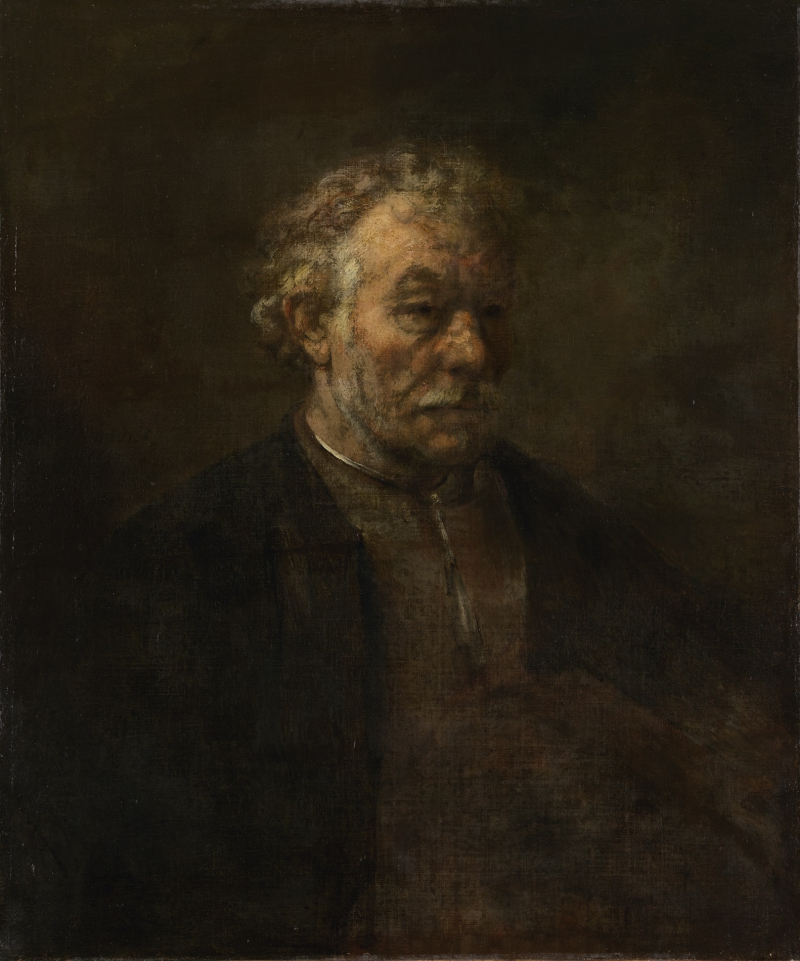
Photo: Rembrandt van Rijn -
An amazing fact on the list of interesting facts about Rembrandt van Rijn is that despite his success in art, Rembrandt died poor. Rembrandt had a very successful career as a painter. This meant that he had a lot of money thanks to the numerous commissioned jobs he got. Some of the etchings that brought him international fame during his lifetime were most likely practice exercises or studies for other artists' work. His art collection is also extensive as a result of the drawings he did as exercises or studies with the works of other artists in the past. Rembrandt was portrayed as a cruel and ignorant man by the myth that developed after his death.
They moved to an affluent neighborhood over the Amstel River after marrying Saskia. He desired the best that life had to offer. They lived here for a short time before relocating to a larger mansion. This new house was near his studio. The new house was more expensive than he had anticipated. Rembrandt was spending more than he was making. He made a series of poor decisions that came back to haunt him later in life. When Rembrandt went bankrupt in 1656, he was forced to leave the house.
Rembrandt died at the age of 63 in 1669. Because he had lost the majority of his fortune, he was given a poor man's funeral. Despite his atheism, he was buried in an unmarked grave owned by the church. His remains were later dug up and destroyed, as is common practice for the poor's remains.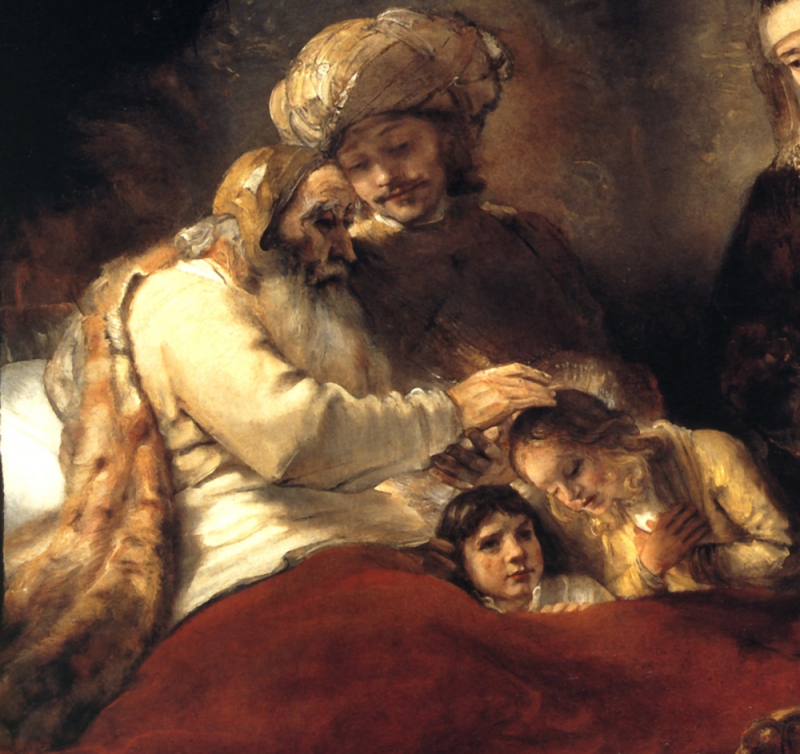
Photo: Rembrandt van Rijn 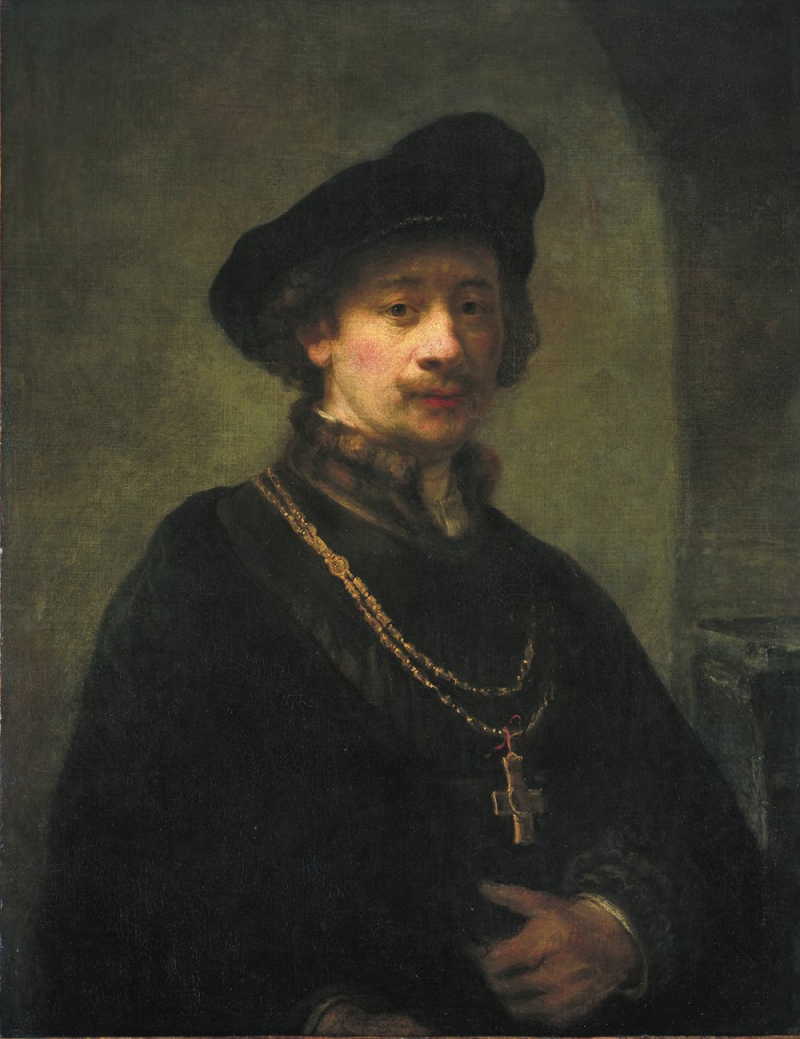
Photo: A Portrait of Rembrandt -
Rembrand Using machine-learning algorithms and 3D printing, a group of Microsoft data scientists and engineers collaborated with a Dutch advertising agency to create The Next Rembrandt, a new Rembrandt painting. The team 3D-printed a new Rembrandt to give the painting texture using specific data points such as color, geometry, paint, and the face shape and direction of the people in his paintings... and it looks pretty authentic!
The project combines ING's innovative nature with one of the most important sponsorships: Dutch art and culture. The painting was revealed in front of the Dutch press. Following international media attention, the painting went on tour and was displayed in a number of major cities. The unveiling of The Next Rembrandt has received a lot of attention in the media. Following that, the 'painting' went on tour in the Netherlands, allowing people to see The Next Rembrandt for themselves. We believe in the power of innovation and what it can mean for people at ING. We want to bring this forward-thinking attitude to the sponsorship of Dutch art and culture. The Next Rembrandt project resulted in a work of art that depicts the power and beauty of data and technology and will fuel the debate about where innovation can take us.
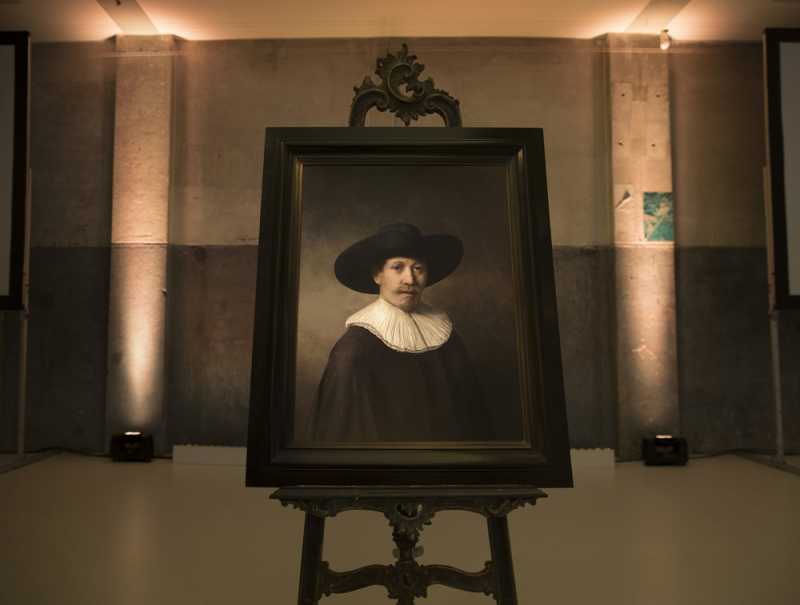
Photo: The Next Rembrandt: Recreating the work of a master with AI 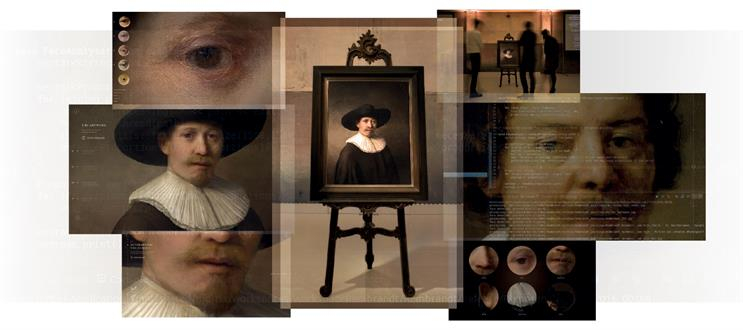
Photo: ING's Next Rembrandt project proves god is in the machine










